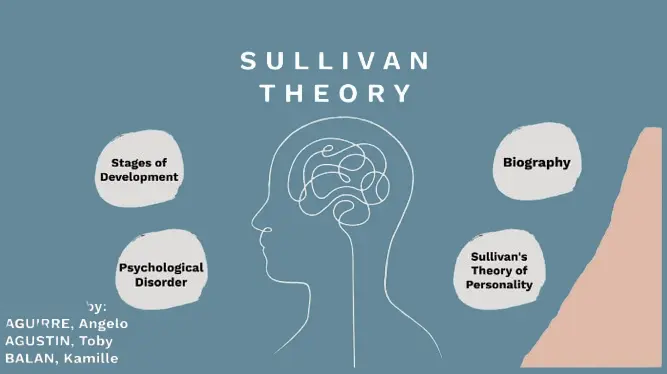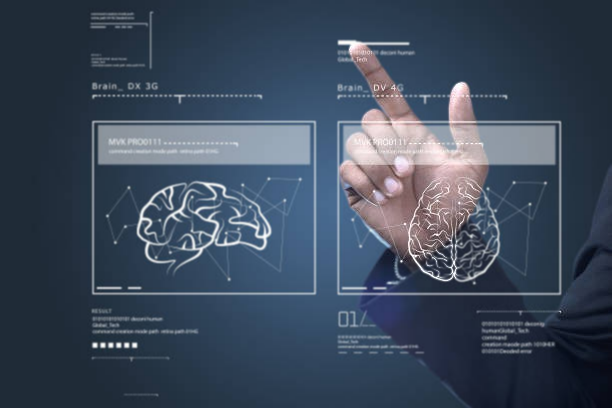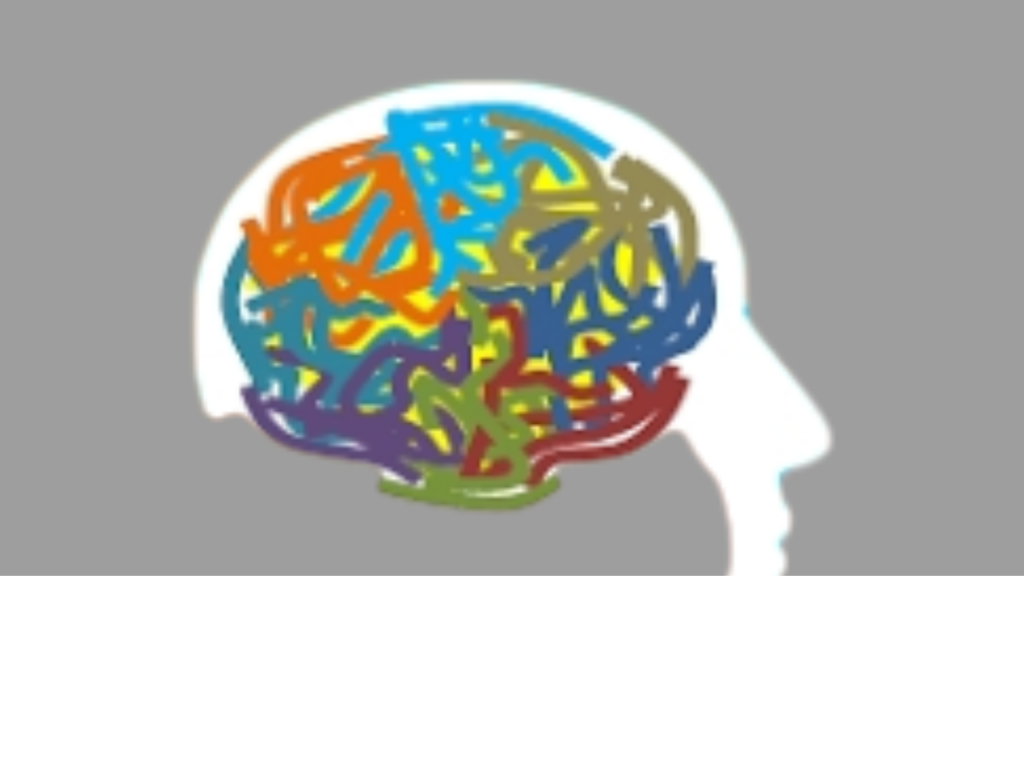Panic attack is brief episode of fear and anxiety that cause physical sensation of fear. It include racing heartbeat, sweating, and shortness of breath, dizziness, trembling and muscles tension. Panic attack occur frequently due to any external threat.
In this article try to cover the all aspects that relates to panic attack such as symptoms diagnostic treatment and prevalence
What is panic disorder?
Panic disorder is characterized by repeated, unexpected panic attacks, and by persistent concern about subsequent attacks. The Diagnostic and Statistical Manual of Mental Disorders (DSM-IV; American Psychiatric Association [APA], 1994) defines panic attack and panic disorder separately.
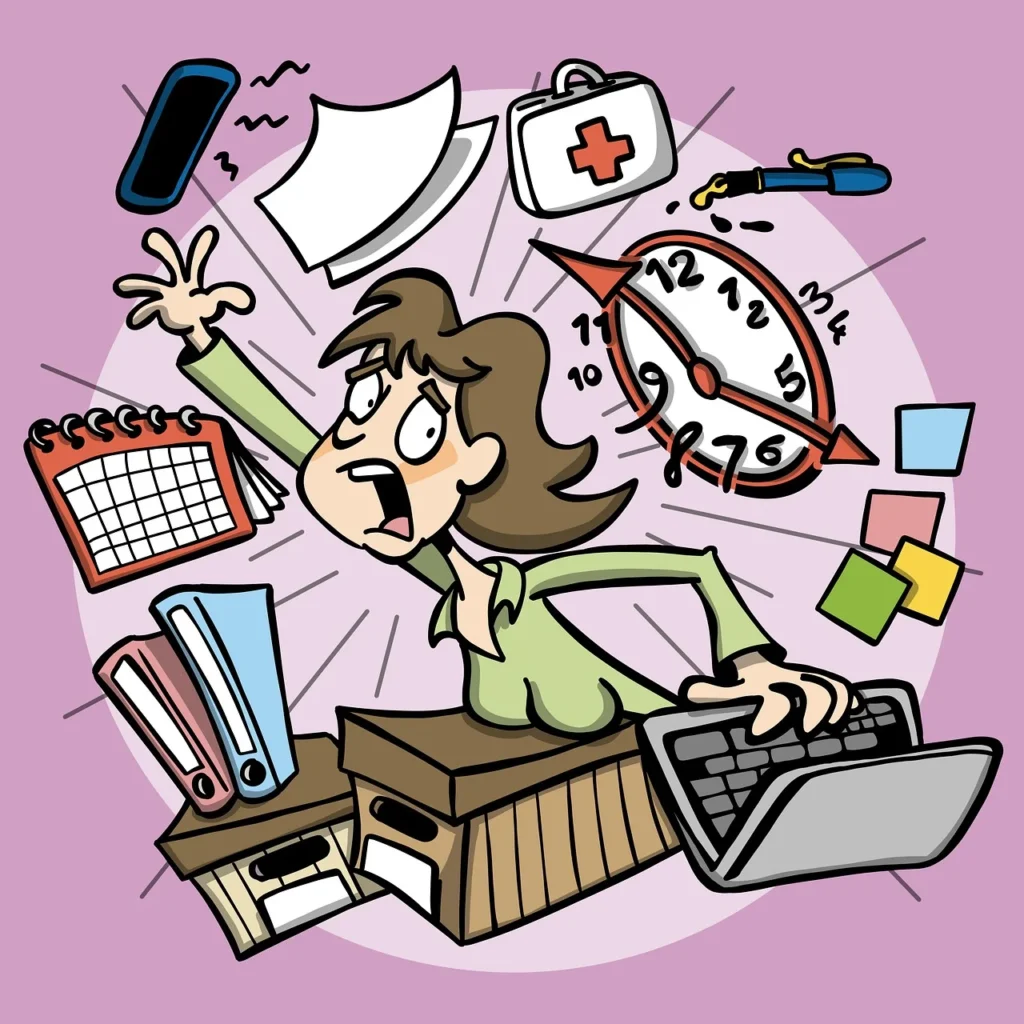
People with panic disorder suffer from episodic attacks of acute anxiety periods of acute and constant terror that grip them for lengths of time lasting from a few seconds to a few hours. People with this disorder experience a fairly constant state of moderate anxiety along with occasional panic attacks. Panic is an intense over powering fear. People with this disorder cannot expect when these attacks will strike the develop anxiety about having extra panic attacks and may limit their activities outside the home. This panic attack generally lasts only of few minutes although it may last an hour or more.
During an attack most people worry about finanting, dying or going crazy after a few such attack those worries may grow more intense and even activated for the attacks these panics attached defined by the apa as fear or discomfort that’s suddenly occurs and peaks in less than 10 minutes can last for several hours and can be activated buy stress, fear, aur even exercise although the specific cause is not always apparent.
Mostly people with situation having fear of dying going crazy or lossing control of emotions or behaviour. The frequently of these attacks may very from several times a day to only once or twice a year.
Symptoms of panic attack
The symptoms of panic attack usually happens suddenly peek within 10 minutes and then however some attacks may last longer or may occur in succession, making it difficult to determine when one attack ends and another begins. The symptoms includes
- Palpitations
- Sweating
- Trembling
- Shortness of breath
- Chest pain
- Nausea
- Gastrointestinal disorder
- Dizziness
- Tingling sensation
- Chills
- Blushing and hot flashes
- Rapid heartbeat
- Shaking
- Faintness
Diagnostic criteria of panic disorder
Someone must have had unexpected and regular panic attack that along with at least one of the following
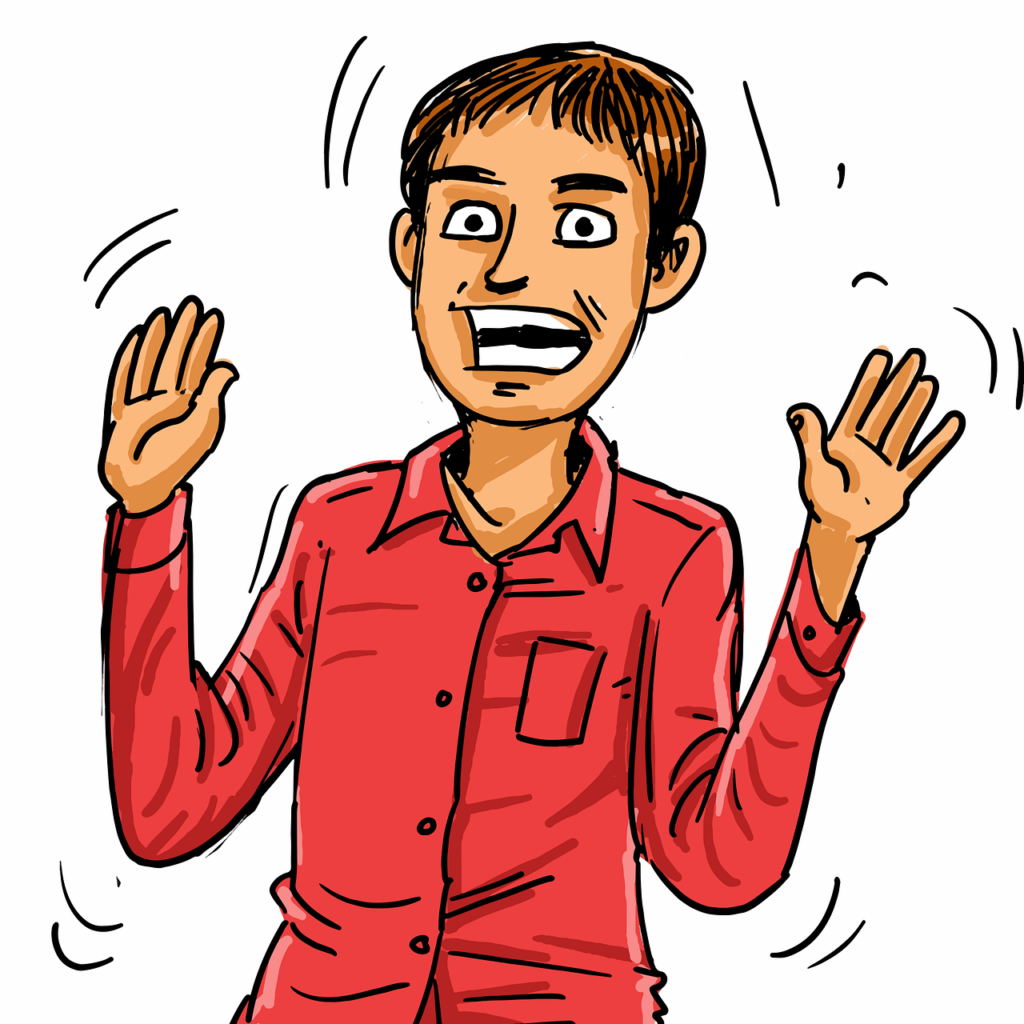
- Continual conserns of having more panic attacks.
- Conserns about the meaning or consequences of the panic attacks such as loss of control, feelings of going crazy, or of having a heart attack.
- Significant behavioural changes related from the panic attacks.
- Panic attack cannot be due to drug abuse, general medical condition disorder, separation anxiety disorder, social phobia or specific phobia.
- A complete physical exam.
- Blood tests to check your thyroid and other possible conditions and tests on your heart, such as an electrocardiogram (ECG or EKG).
- A psychological evaluation to talk about your symptoms, fears or concerns, stressful situations, relationship problems, situations you may be avoiding, and family history.
Treatment of panic disorder
Psychopathology
Psychopathology is an important component in panic disorder treatment. It is talkative therapy.It’s aim to change unhealthy emotions, behaviour and thought. It is affective to call the panic attack.
Cognitive behavior therapy
In this type of therapy, you discuss your thoughts and emotions with a mental health professional, such as a licensed counselor or psychologist. This specialist helps identify panic attack triggers so you can change your thinking, behaviors and reactions. As you start to respond differently to triggers, the attacks may decrease and ultimately stop.
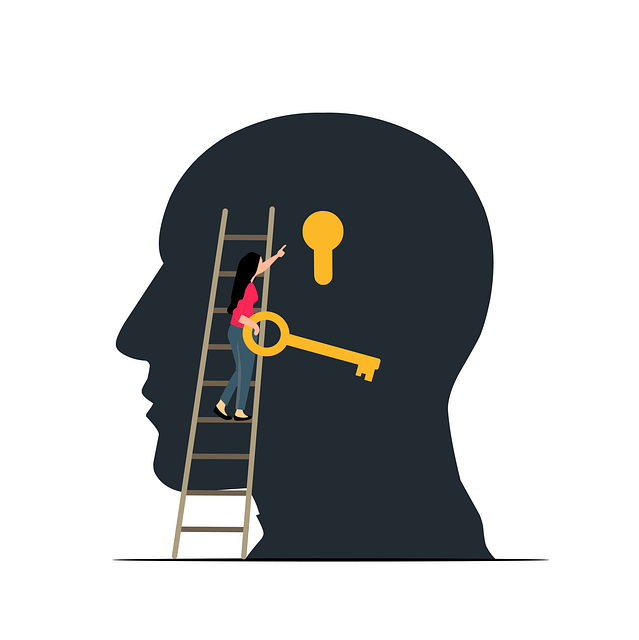
Exposure therapy
This involves exposing you gradually and repeatedly — in your imagination and/or in reality — to whatever triggers a panic attack. Over time, you learn to become comfortable with the situation instead of it causing anxiety and panic. You’ll learn relaxation techniques, such as breathing exercises, to manage your anxiety throughout the process.
Medication
Medication are also suggested by the professional to treat panic attacks. Such as antidepressant that help to make panic attack less. Anti anxiety medicine are also prescribed by the doctor to treat and prevent the panic attacks.They help with anxiety but have addiction potential, so it’s important to take them with caution.
Conclusion
Panic attack is the condition or situation when the individual struggling with stress and anxiety the unexpected event and happening that cause stress also lead to panic attacks in this situation the individual feelings include trembling, chest pain, shortness of breath and sweating.It can be treated by using psychotherapy,.cognitive behaviour therapy and medication and getting help from the personal.

